As a musician and a writer, it took me a few years to find a cool part-time job as a professor of rock ‘n’ roll (at what shall remain an unnamed college in Manhattan). Each semester I suggest something to my students that I’m not sure the school would appreciate. I suggest that my pupils take a semester off to read every book, see every film, and study the art and philosophy of each person who appears on the cover of Sgt. Pepper and promise them they’ll be much smarter and hipper for it. I advise they begin their home-study with the writings of Edgar Allan Poe, William S. Burroughs, Yogananda and Terry Southern, before moving on to the movies of Marlon Brando, Marilyn Monroe, W.C. Fields and Mae West. And then there’s always Lenny Bruce, Karl Marx and Alistair Crowley to round out their education. If they get stuck, I assure them there are plenty of easy to use guides on the Internet to help decipher who’s who amongst that diverse crowd of strange faces.
Videos by American Songwriter
Beyond the occasional overly-cheerful McCartney ditty, the Beatles rarely, if ever underestimated the intelligence of their fans. You could learn a lot from the ad-hoc crew of gurus, movie stars, musicians, boxers and comedians on the front of Sgt. Pepper. Chosen by the Beatles and assembled by artist Peter Blake, the classic cover revealed many of the band’s wide-ranging inspirations. Standing beside wax replicas of their former selves fashioned by Madame Tussaud, the Beatles, clad in bright satin Edwardian marching uniforms and sporting droopy mustaches, presented their obsessed fans with the notion that they belonged to, and were only a small part of the greater whole.
This was not the first time we’d seen artists publicly pay homage to their peers and heroes. In the blurry cover photo to his 1965 album Bringing It All Back Home, Bob Dylan, suddenly looking more surrealist poet than Okie songster, sat amongst piles of his favorite albums, recordings by Delta blues man Robert Johnson, German chanteuse Lotte Lenya, the soul/gospel group, the Impressions, sitar master Ravi Shankar and stand-up comedian/ philosopher Lord Buckley. Bob was slyly hipping us to a new world of music and consciousness, if you were smart enough to pick up on his lead. There was some pretty strange stuff in that mix, but I figured if Dylan dug it, it was good enough for me.

Being the most expensive record cover in the history of pop (£3,000 at a time when £50 was the norm) Sgt. Pepper sported a gatefold photo of the band, plus a fun insert of cardboard cut-out pictures of the group, with a mustache and sergeant stripes, along with another first, the song lyrics printed as a libretto on the back sleeve. Not even the poet laureate of folk-rock, Bob Dylan, had published his verse for his fans to painstakingly analyze.
With the release of the 50th Anniversary box set, the Beatles have at long last driven a stake through the heart of the Rolling Stones’ flawed (but hauntingly beautiful) foray into psychedelia, Their Satanic Majesties Request. Released in December 1967, six months after Sgt. Pepper, Satanic Majesties was a glorious mess, thanks to their voracious consumption of drugs of every variety, and being hauled in and out of various courts and jail at the time. The Stones claim they remember very little about making the record. But one thing their album had that no other band boasted at the time was a lenticular 3-D cover. But the Beatles have now stripped them of that distinction with the new repackaging of Sgt. Pepper. Both images, having been created by the late British photographer Michael Cooper, only provoked the acerbic John Lennon to further criticize the Stones for routinely copying his band.
Following their August 1966 performance at Candle Stick Park in San Francisco, the lads from Liverpool (who had since migrated south to London) were fed up with being fab. The mayhem of their concerts prevented the Beatles from progressing as a live act. Taking refuge in Abbey Road, the recording studio offered a much-needed haven from struggling to play the hits over the din of screaming teenagers. A creative heady atmosphere engulfed the band, as new songs and sounds quickly developed, thanks in part to their fondness for pot and LSD, and new technological leaps in overdubbing with 4-track tape.
Paul McCartney apparently had a brainstorm. By creating an alter-ego, the band could liberate it from the tight corner they’d found themselves in. Some claim their new identity was inspired by Doctor Pepper, a favorite soda unavailable in the U.K. at the time, which British movie and rock stars shipped across the Atlantic by the case-full. In the copious liner notes to the new box set, Paul explained that he’d misheard the band’s faithful bear-like roadie Mal Evans say, “Sergeant Pepper” when he actually mumbled something about passing the “salt ‘n’ pepper.”
McCartney had recently hung out in Haight Ashbury with the new bands who sported longer hair and long names like Jefferson Airplane, the Grateful Dead and Quicksilver Messenger Service. Suddenly the idea of the Beatles seemed rather “old hat” and thus, a new direction began to take shape.
With the arrival of Sgt. Pepper on June 2, 1967, the album poured out of every window and every car radio, wherever you went. I was with my mother in Woolworth’s Department Store in Asbury Park when I first got a glimpse of the famous album cover.
My mom told me to put the record back on the rack. “It’s not the Beatles,” she said. “Look at them. It’s a bunch of old men with glasses and beards. It’s somebody called Sgt. Peeper’s Lonely Band.”
Fifty years later we were presented with the release of the new Sgt. Pepper boxset with remixes by Giles Martin (Sir George’s son). Beyond the lovely packaging, the redux offered a compelling argument for McCartney and Starr as one of rock’s finest rhythm sections. Paul’s melodic bass parts and Ringo’s drums really popped out, in a few “new” places, particularly on “Fixing a Hole,” and “Good Morning, Good Morning.” Sonically the mix offers a bit more depth and sparkle. Certain details, like the swoop of strings and the cacophonous horns on “A Day in the Life,” as well as the fox hunt in “Good Morning, Good Morning” that caught your ear a bit differently.
But what struck me all these years later about the album known as “Rock’s Greatest Masterpiece,” is how little actual rock, or “rock attitude” could be found on its tracks. More often than not, brass, sitars, harpsichords and a variety of organs regularly replace the guitar. McCartney’s bass often plays a two-fold role, bumping the song’s rhythm along while playing catchy melodic riffs that manage to simultaneously support and stay out of the way of the vocals.
In some ways, the Beatles seem profoundly out of touch with the pivotal moment in which the album was made. Amid the sixties sexual revolution, they are happily proposing marriage to the sound of old timey clarinets on “When I’m Sixty-Four.” In “Lovely Rita” McCartney invites a cute meter maid to tea and winds up “sitting on a sofa with a sister or two.” It’s all very quaint when compared to the Doors who dared us to “Break on through to the other side,” while Hendrix had that itching desire to “Stand next to your fire.” “She’s Leaving Home,” featured a cascading harp and shimmering string section over which McCartney addressed the problem of teen runaways from the parent’s perspective. As spring 1967 blossomed into the Summer of Love, middle-class refugees across America headed for San Francisco (with or without flowers in their hair) to live on the street and dig the free dope and free love to be found in Haight Ashbury. Nobody gave a damn about their parents, they were just part of “the Establishment.” In comparison, Sgt. Pepper’s Lonely Hearts Club Band hardly seemed radical. But within its grooves lay a few masterworks, like “A Day in the Life” (along with the double A-sided single “Penny Lane” and “Strawberry Fields Forever,” released months earlier in February) which transported us to new realms of consciousness, beyond the “marmalade skies” as John sang in “Lucy in the Sky with Diamonds.”
George Harrison’s lone contribution, “Within You Without You,” (after “Only a Northern Song” was axed) was stunning, unlike anything on the album musically and lyrically. Since picking up the sitar in 1965 after succumbing to its mesmerizing drone while on the set of their second film, Help, “The Quiet Beatle” began a rigorous study of Eastern spirituality. Such a powerful rejection of materialism coming from a twenty-something rock star who could have anything or anyone he desired, was nothing short of unimaginable. Once more, as with Revolver’s “Love You To,” George relied solely upon Indian musicians to help create his hypnotic prayer for peace and love, without help from any of his bandmates. The track ends with a round of hysterical laughter tacked on, as if to say his lilting philosophy lecture was all a cosmic joke.
In a 1970 interview with Rolling Stone, David Crosby addressed whatever naiveté lay beneath the era’s idealism when he confessed; “I would’ve thought Sergeant Pepper could’ve stopped the [Vietnam] war, just by putting too many good vibes in the air for anybody to have a war around. Somehow it didn’t work. Somebody isn’t listening. I’m not saying stop trying, but the inertia we’re up against, I think everybody’s kind of underestimated it.”
In some ways, times haven’t changed much over the last five decades.
John Kruth is a singer/songwriter/multi-instrumentalist with eleven solo albums to his name. Kruth is also the author of three musical biographies including To Live’s To Fly – The Ballad of the Late, Great Townes Van Zandt (recipient of the ASCAP/Deems Taylor Award – 2007 – DaCapo Press), and Rhapsody in Black – The Life & Music of Roy Orbison (2013 – BackBeat/Hal Leonard Books). In 2015 BackBeat published Kruth’s Rubber Soul, This Bird Has Flown, followed by A Friend of the Devil – The Glorification of the Outlaw in Song from Robin Hood to Rap, published September 2017. Kruth’s writing has appeared in The New York Times, Rolling Stone, Wire (UK), No Depression, Sing Out!, Wax Poetics, and Folk Roots (UK).

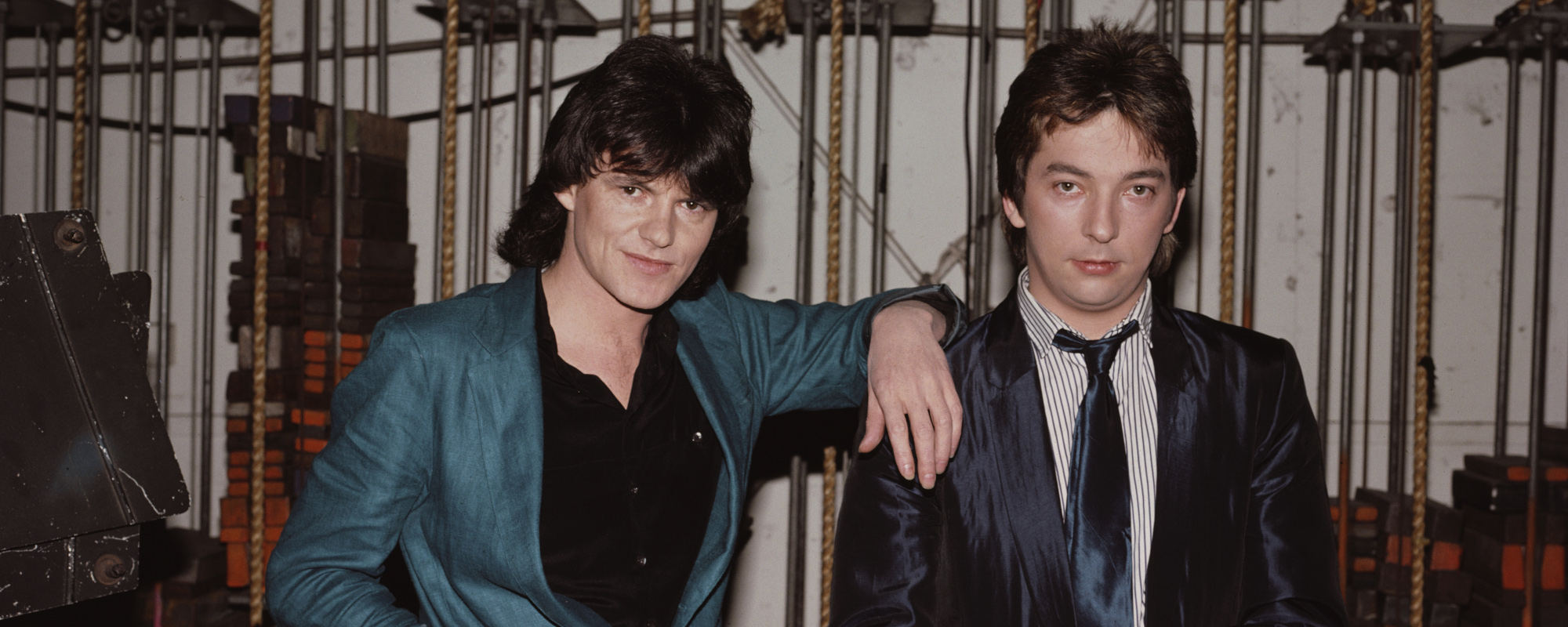
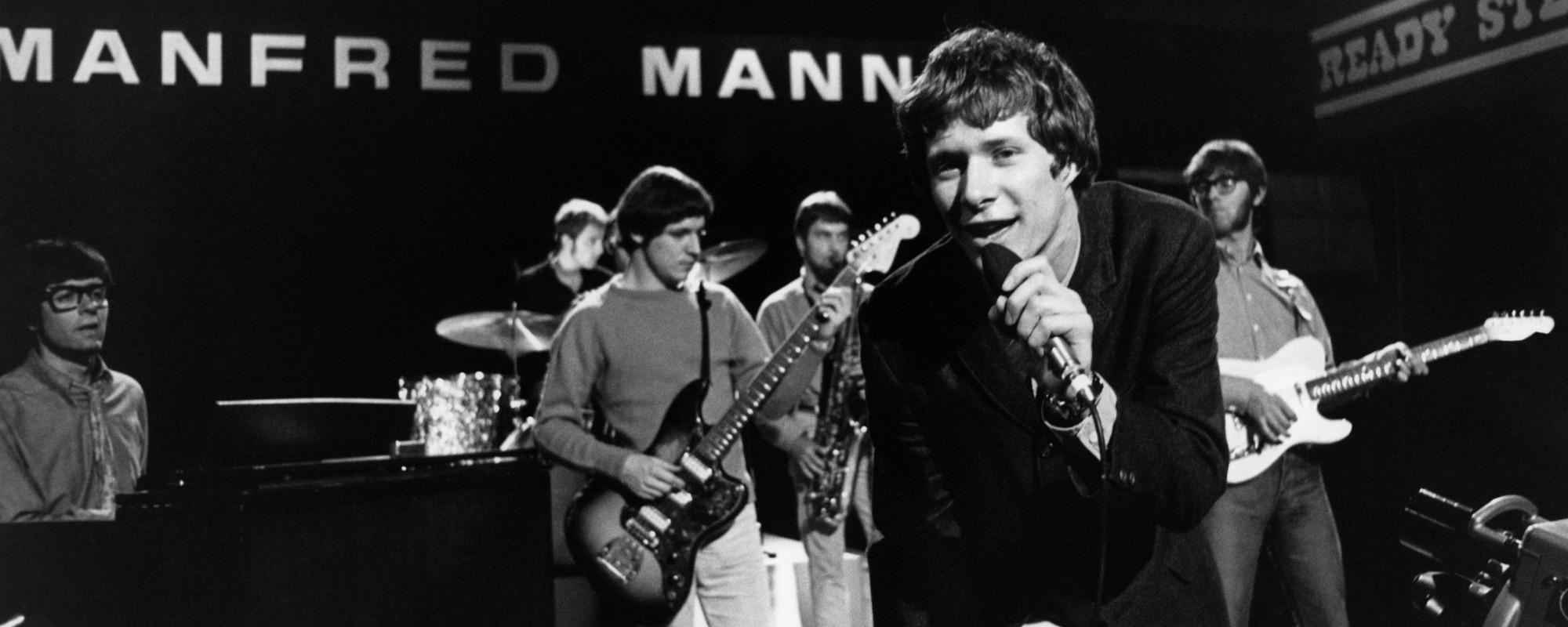
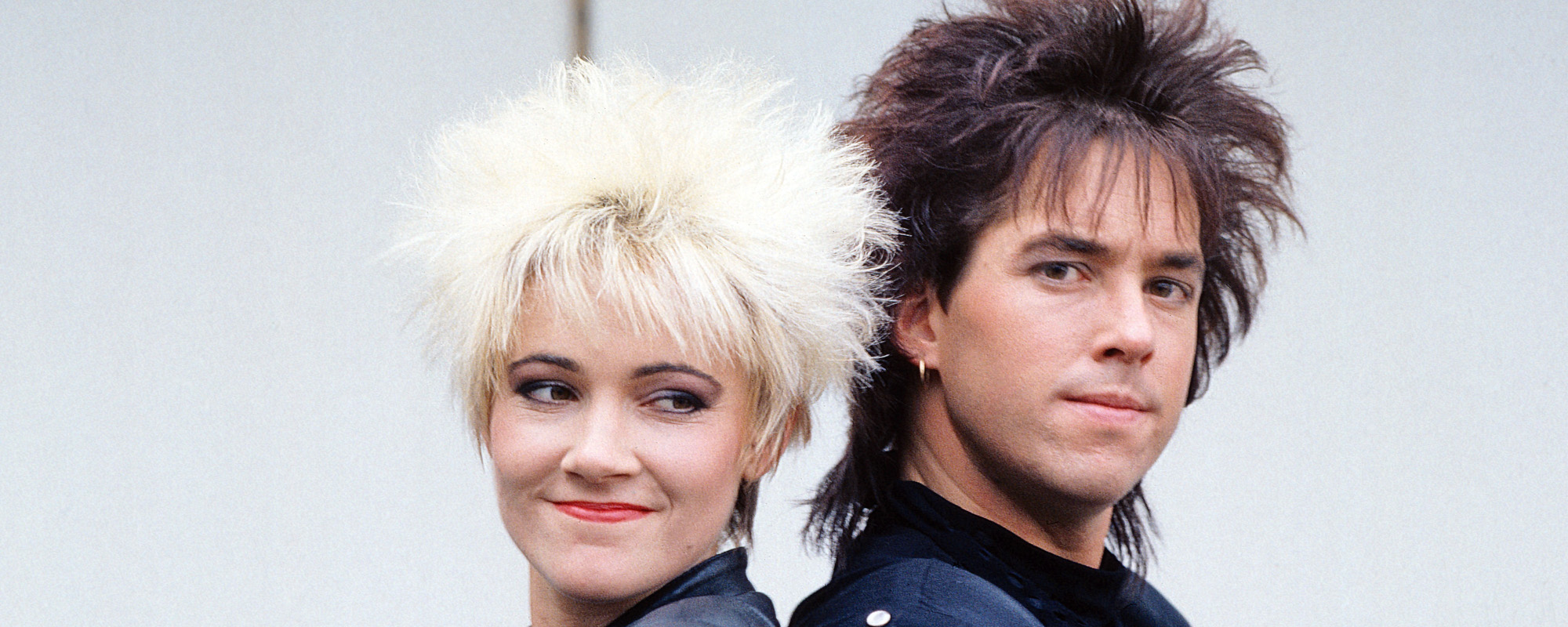
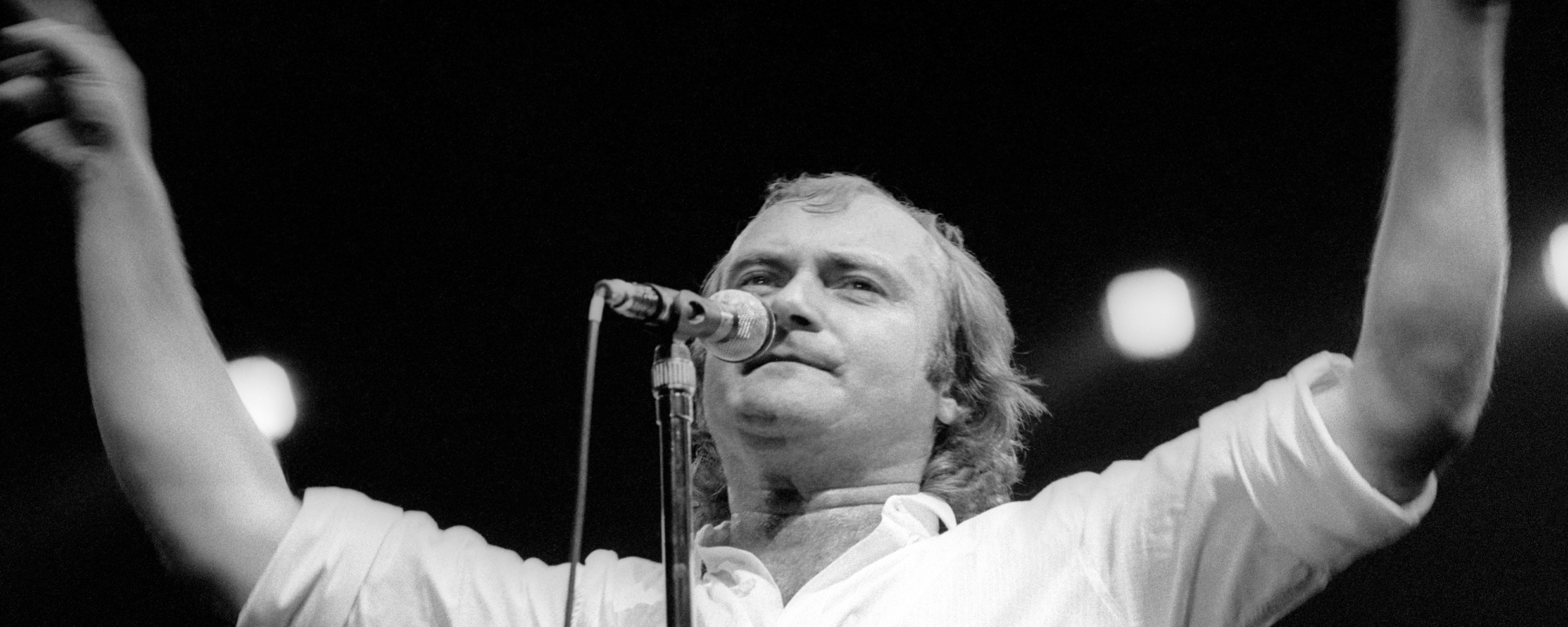
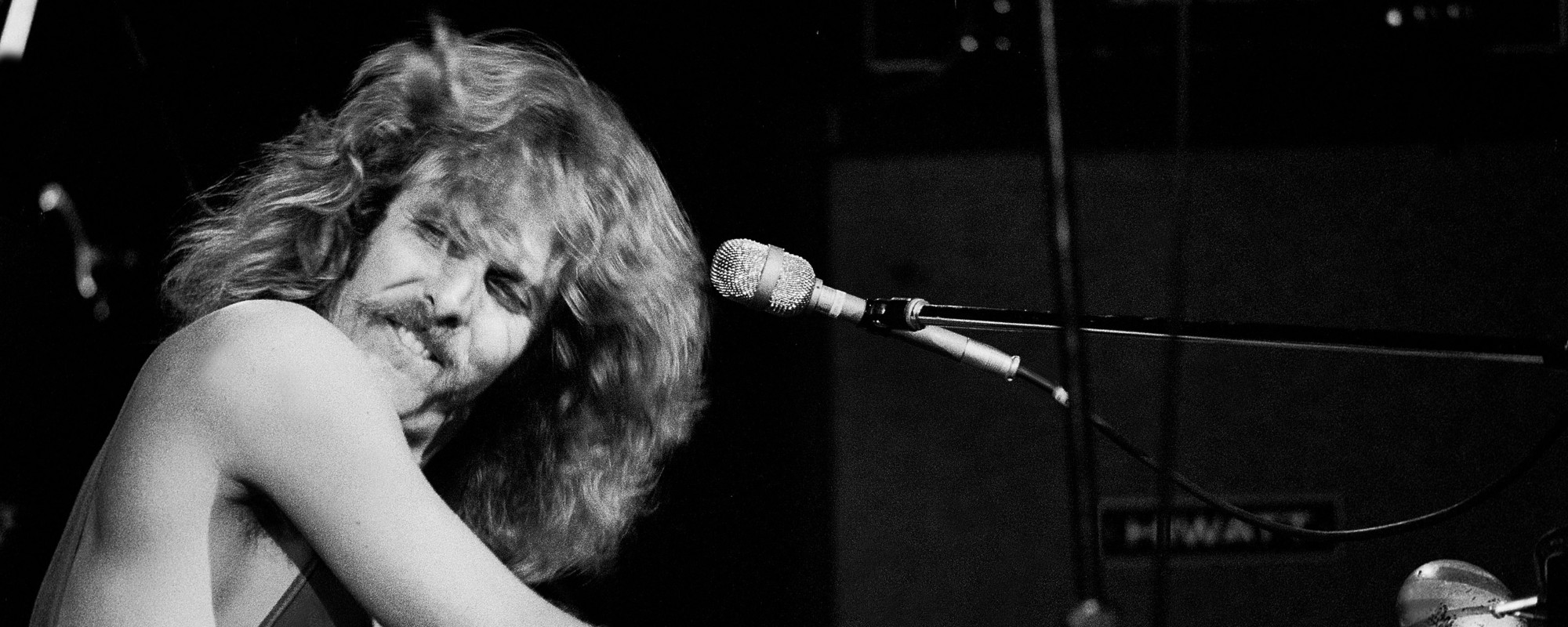

Leave a Reply
You must be logged in to post a comment.